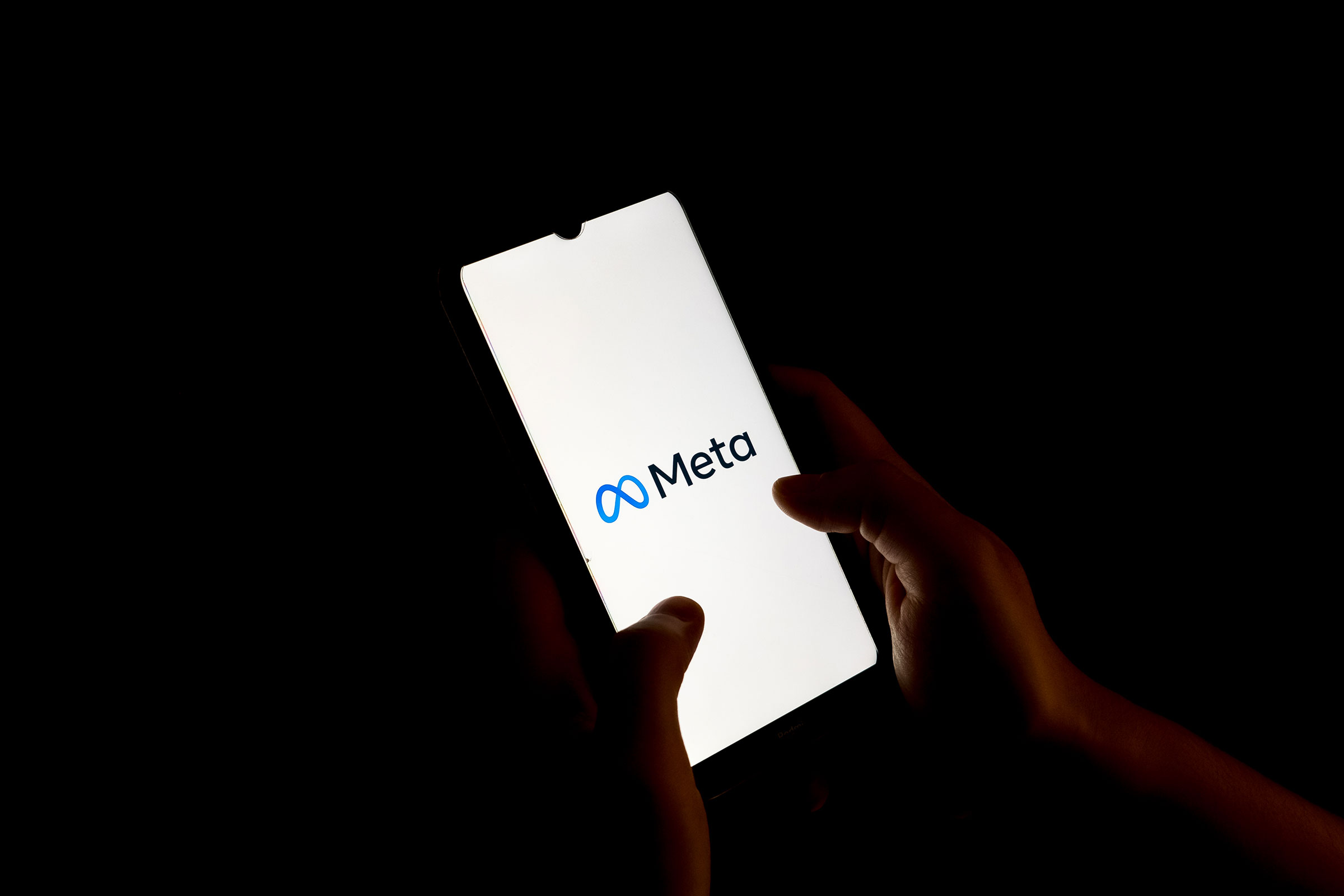
A sprawling network of fake accounts linked to Chinese law enforcement was taken down by Meta this week in what the social-media company called “the largest known cross-platform covert influence operation in the world.”
The operation was the largest the company has removed in its history: on Facebook alone, Meta says it removed 7,704 accounts, 954 pages, and 15 groups linked to the effort to push pro-China talking points and attack the government’s critics. But its fingerprints extended beyond Facebook and Instagram, the platforms owned by Meta. The Chinese influence operation targeted at least 50 other platforms and apps, including YouTube, Reddit, Pinterest, TikTok, Pinterest, Medium, and X, the company formerly known as Twitter, according to Meta's analysts.
The vast operation reveals new details about Beijing’s efforts to expand into the information warfare space previously dominated by Russia and Iran. The network promoted posts praising China’s policies, denigrated U.S. and Western foreign policy, and attacked critics of the Chinese government, including journalists and researchers. Meta uncovered the “large and prolific” network after it investigated online activity that was targeting a human-rights NGO in 2022, it said.
The company, which is usually cautious when linking such networks to state actors, says it determined that the operation was connected to individuals associated with Chinese law enforcement. “For the first time, we were able to tie this activity together to confirm it was part of one operation,” Meta's chief information security officer, Guy Rosen, wrote in a post introducing the report on Tuesday.
Read More: 'The Long Game.' China's Online Influence Campaign in Latin America.
Meta’s researchers said they were able to link the network to a previously known operation known as “Spamouflage” and its “many separate clusters of spammy activity that Meta and our peers have been taking down since 2019." While independent researchers, government analysts, and tech companies have detected influence operations to spread pro-China propaganda for years, these efforts appear to be getting bolder. Analysts found that the posts followed a pattern that pointed to central coordination.
“Each cluster worked to a clear shift pattern, with bursts of activity in the mid-morning and early afternoon, Beijing time, with breaks for lunch and supper, and then a final burst of activity in the evening,” according to the report. Some “personal” posts, written in the first person, appeared to be copy-pasted from the same numbered list. On Facebook, these pages also spent at least $3,500 for ads.
The operation, which originated in China, targeted audiences in countries including Taiwan, the U.S., Australia, the U.K., and Japan, as well as Chinese-speaking audiences elsewhere. But despite the covert network’s large size, few posts seem to have gained much traction, garnering little interaction from real users, and relying on inauthentic followers from fake engagement farms in Vietnam, Bangladesh and Brazil, according to Meta researchers.
Those clusters of social media accounts produced strange results as unrelated pages were co-opted for the Chinese operation. In one example, a Facebook page that had been posting ads for lingerie in Chinese “abruptly switched to English and posted organic content about riots in Kazakhstan,” according to the report's authors. “Despite the very large number of accounts and platforms it used, Spamouflage consistently struggled to reach beyond its own (fake) echo chamber,” the report says, noting only a few instances where the posts were amplified by real-world influencers.
Still, analysts say the operation is likely just the beginning of China’s bid to expand its covert online influence operations by copying Russia’s playbook. It shows that they have adopted and shifted between different strategies, and are willing to invest the time and resources to shape global public opinion, says Sandra Quincoses, an intelligence analyst at cybersecurity firm Nisos who researches Chinese networks. Recent state-aligned campaigns have included AI-generated videos with fake news anchors promoting pro-Beijing talking points, fake news websites targeting strategic audiences with propaganda, and coordinated attempts to push out Chinese talking points about COVID-19 and the Hong Kong protests.
Read More: Inside the Kremlin's Year of Ukraine Propaganda.
The network uncovered by Meta mirrors a recently uncovered influence operation China launched in Latin America, as TIME reported in June. Focused on countries where China is looking to cement its status as a top regional ally and trading partner, those clumsy attempts similarly failed to gain much traction, often lacking the cultural or language context that made Russian disinformation operations so effective in the U.S. and Europe.
Even so, those networks showed signs of being a part of Beijing’s “United Front” strategy which seeks to promote China’s interests through a variety of influence operations, according to Nisos. The effort is run by the United Front Work Department, the intelligence arm that reports directly to the Central Committee of the Chinese Communist Party, according to the U.S. Justice Department.
For now, China's information-warfare ambitions may be hindered by its Internet censorship. Many of the people it employs for influence operations haven't been steeped in mainstream online content and Western platforms the way Russians were, says Quincoses.
"These operators are probably going in with minimal knowledge about how they work," she tells TIME. "They probably don't have an account outside of their official ones, for entertainment purposes or to really grasp how they operate." But the integration of AI in the coming years will likely smooth a lot of these issues out, including awkward grammatical errors that reveal them to be inorganic state-sponsored content.
More Must-Reads From TIME
- The 100 Most Influential People of 2024
- How Far Trump Would Go
- Scenes From Pro-Palestinian Encampments Across U.S. Universities
- Saving Seconds Is Better Than Hours
- Why Your Breakfast Should Start with a Vegetable
- 6 Compliments That Land Every Time
- Welcome to the Golden Age of Ryan Gosling
- Want Weekly Recs on What to Watch, Read, and More? Sign Up for Worth Your Time
Write to Vera Bergengruen at vera.bergengruen@time.com